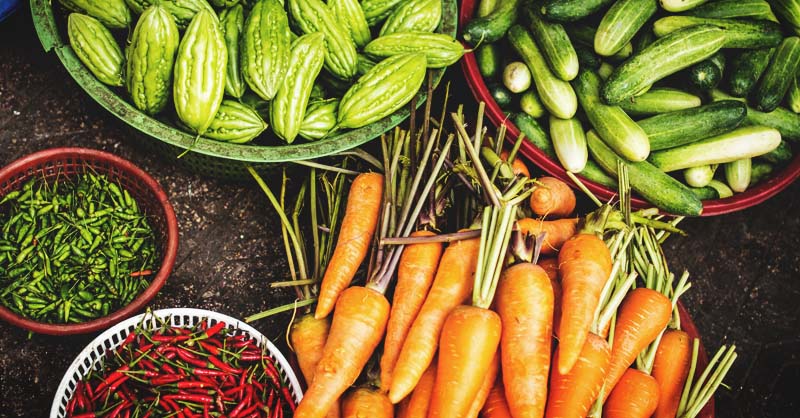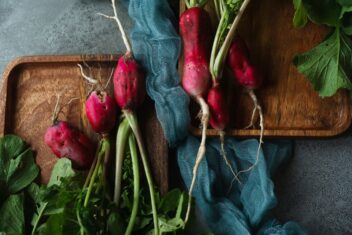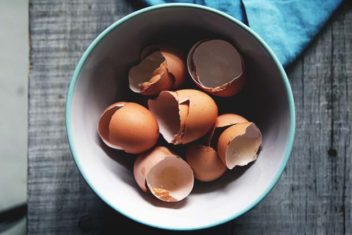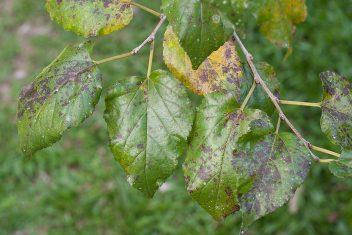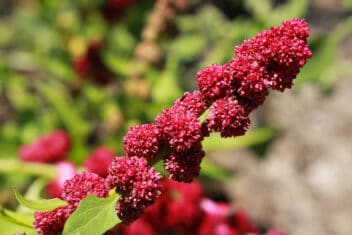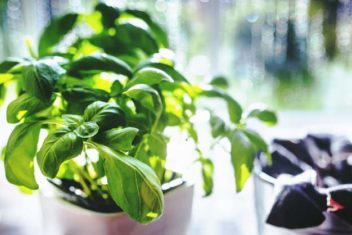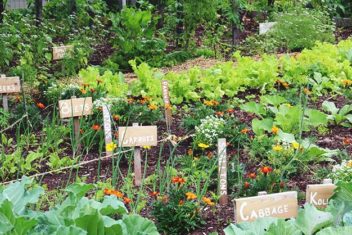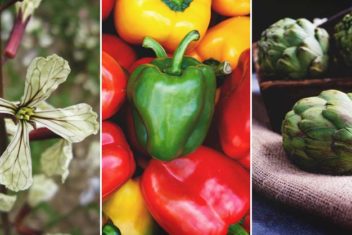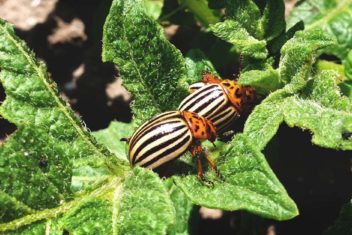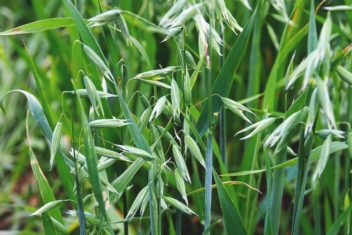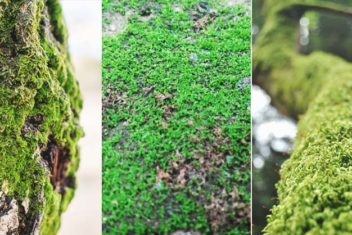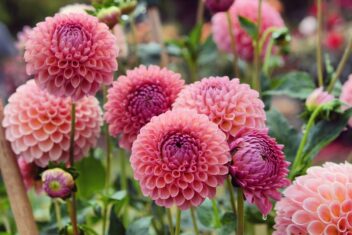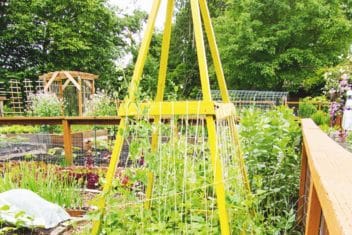You put in all kinds of work to finally harvest, but how do you know when the time is right to pick?
This is a common question among gardeners. We have this misconception in our heads that what we do in our backyards is going to look identical to what we find on a grocery store shelf.
Also, we tend to be impatient and pick too soon, or get sidetracked and pick too late. All these things matter when harvesting a garden.
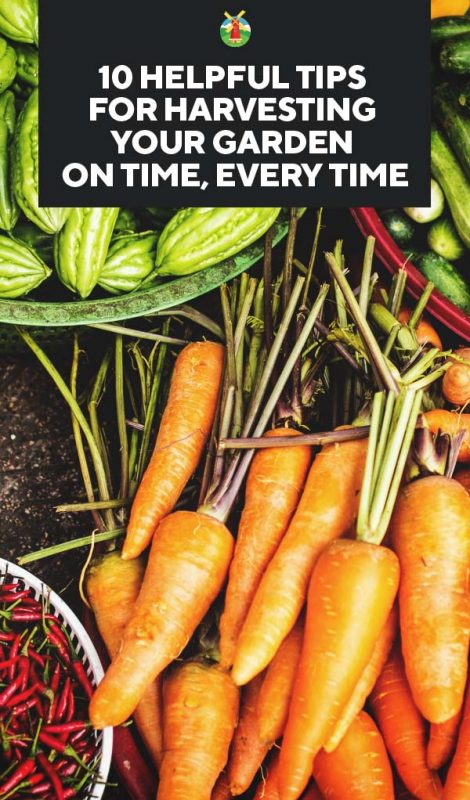
If you are curious about how to pick your garden at the right time, here are some tips to help you along:
1. Check Your Garden Daily
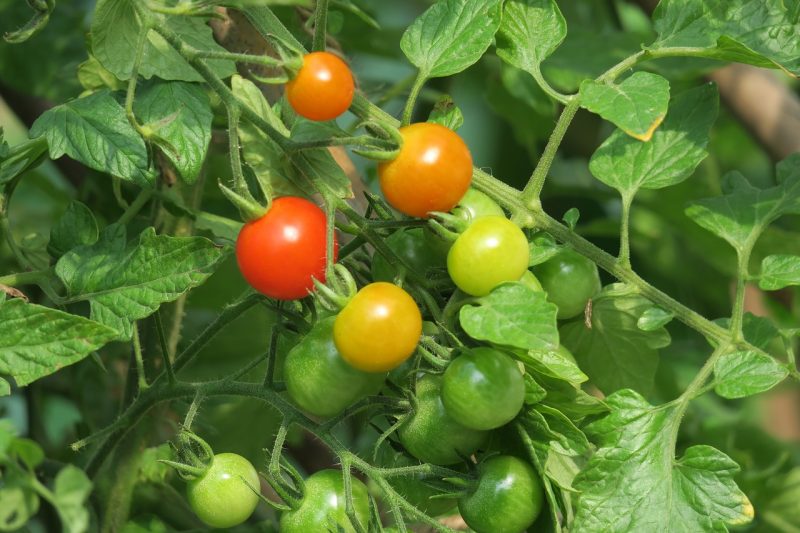
When your garden begins to ripen, it will hit you all at once. It is the way the cookie crumbles. Therefore, it is important to check your garden every day.
If you don’t check your garden daily, you could not only miss out on produce, but you are leaving produce to rot in your garden. This draws pests which means your garden could quickly become overtaken with a disease.
None of this is good, which is why it is best to check your garden every day. This way you get the harvest you’ve worked hard for, and it can keep coming since there will be nothing there to draw bugs.
Also, keep in mind, if you pick your plants when they first ripen it encourages the plants to produce more in most cases.
2. Pick Small
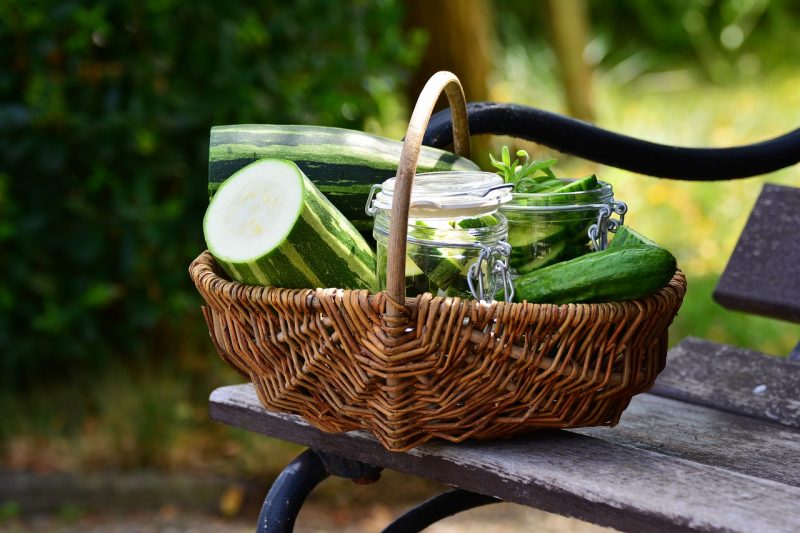
Have you ever gone to pick zucchini and it looks to be the size of a football? That’s not actually good.
Don’t wait until your vegetables grow too big. It is best to pick produce when it’s small. This is the time most vegetable varieties are at their most tender, have better flavor, and haven’t developed as many seeds.
However, if you do run across a football-sized zucchini, don’t toss. Instead, grate it and make delicious chocolate zucchini bread with it.
In case of zucchini, it is best to pick them when they’re around 6-inches in length. It may not look like much, but if your plant is producing in high gear (as they usually do) you’ll have plenty to go around.
3. Be Gentle
Harvesting is a great job to assign to your kids. They also find it fun to be allowed to pick things from plants.
However, if you need your child’s help, make sure to remind them to be gentle with the produce. Vegetables can be easily bruised. It is important to gently pick them and place them in the basket or bucket.
It’s not just a matter of appearance. If you bruise the skin of the produce, it could lead to rot which will shorten the lifespan of the vegetable once harvested.
When this happens, you’ll have to cook it immediately or it could go bad.
Still, it’s best to avoid this scenario altogether instead of having to rush to cook up your harvest to not lose it.
4. Use Large Enough Baskets
A way to make harvesting easier and also avoid bruising is to make sure you use large enough baskets to harvest with.
When I harvest, I prefer to use 5-gallon buckets when picking green beans and large bushel baskets when harvesting fruits, tomatoes, eggplants, squash, lettuce, cabbage, and other larger plants.
If you don’t have either of these options on hand, consider using a clothes basket. You could also use a washbasin or a galvanized tub as well. If the vegetables have enough room to breathe, it should work.
5. Watch Where You Step
It is important you watch where you step when you are harvesting your vegetables. Gardens can be tight to maneuver in.
Therefore, you’ll have to make sure you either have clear walkways, or you watch where you put your feet.
Not only can you step on vegetables which need to be harvested without knowing it, but you could also step on plants too.
This could damage the plants and create openings for disease and pests to make their way to your plants and harm them.
In turn, this harms your harvest. It is amazing how something as small as watching where you step can be helpful to your garden and your harvest.
6. Keep Track
When you plant an entire garden, it can be difficult to keep up with what you planted, what variety you planted, how long it takes to reach harvest, and what the harvest should look like once you’ve reached that point.
You’ll have to keep track of the information to help you through harvest. If you know what variety you planted and how long it takes to reach harvest, you will know when to begin looking for harvest from each plant.
Also, by knowing what variety you planted, you should know what the harvest should look like to help prevent harvesting mistakes.
For instance, if you planted a mega-variety of a fruit or vegetable, it would be terrible to harvest them early because you didn’t realize it was a larger variety. You would miss out on produce.
Yet, if you keep track of this information, you’ll harvest everything right on time and get the amount of produce you intended on having when you planted your garden.
7. Check for Disease
When you are harvesting your garden, it is a good time to check your plants’ health as well. You should check the leaves to see if there are any spots or discoloration.
These could be symptoms of a disease or pest which has moved in on your garden. If you feel like you rarely have the time to check on your plants, schedule it every day when you are outside picking.
This way, nothing should slip by you, and the health of your plants shouldn’t deteriorate either. It is another simple step, but one that could save your harvest.
8. Don’t be Unrealistic
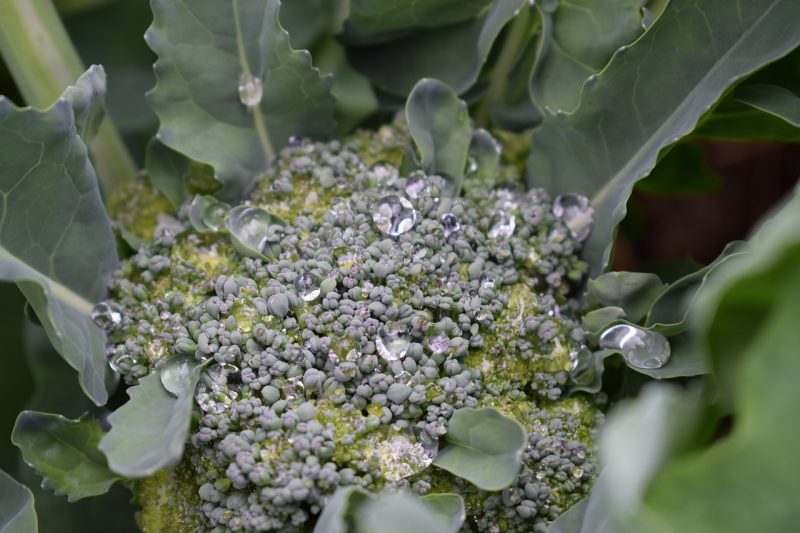
When you grow your own vegetables, you will soon realize they don’t usually look like what you buy at the grocery store.
For instance, when you grow broccoli, the heads don’t get as large as the broccoli heads you buy at the grocery.
Having unrealistic expectations can cause you issues during harvest. You’ll watch the plants and ponder, “They don’t look like what I’m used to.”
Next thing you know, you keep waiting for them to look like what you are used to seeing, and they end up becoming rotten before you ever get to harvest them.
It is important to know what your harvest should look like. This way you’ll be prepared and not miss out on a perfect harvest because of expectations your garden simply can’t meet.
9. Harvest Stems Quickly
There are certain vegetables and herbs we eat which don’t produce fruit. We enjoy eating the actual plant.
Produce like herbs and lettuce should be picked early. This is when they are most tender and have the best flavor.
If you wait too long, they sometimes bolt which will change the texture and flavor of the harvest. You don’t want this.
In your harvest’s best interest, pick vegetables that are stem vegetables early on.
10. Let the Fruits Hang
There are some plants in your garden which you don’t eat. Instead, you eat the product of the plant.
For instance, plants like tomatoes, apple trees, peppers, and peaches are all products of a plant. You won’t want to pick these as early as possible.
Instead, leave them to ripen fully on the plant. This is important information to keep in mind when harvesting your garden.
This way, you won’t pick some varieties of vegetation too quickly.
The Right Time and Method to Harvest Popular Plants
Except for certain plants, you can harvest most vegetables without tools. However, if you want to avoid ruining the branch or the entire plant, you might want to have a small knife or pruning shears.
1. Herbs
Make a mental note of what your mature herb produce looks like. Then cut herbs back as frequently as possible once they’re ready. Store in a dry paper towel in your fridge to absorb any moisture they might have.
Then dry them as soon as you harvest them for longer storage.
2. Tomatoes
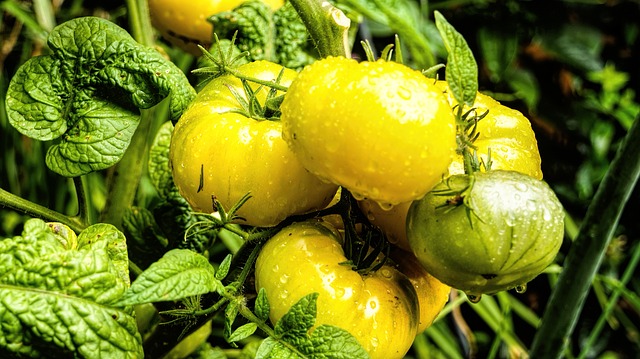
When to harvest: Tomatoes will turn red (or yellow, orange, or striped, different varieties of tomatoes produce different colored plants and fruits) as they ripen. You’ll notice they are firm but with a slight give. At this point, your tomatoes are ready to pick. Check the seed recommendations if you’re unsure.
How to harvest: Ripe tomatoes should release easily from the stem. Gently pull tomatoes off the vine. They should give easily when they’re ready for picking out of your garden.
3. Peppers
When to harvest: Peppers turn colors once they’ve ripened, but they can be picked at pretty much any stage. As sweet peppers ripen, they usually get sweeter. Different pepper varieties will have different harvest times.
How to harvest: Pepper plants, in my experience, are quite delicate, so I prefer to cut peppers off the plant instead of roughly tugging them.
4. Lettuce
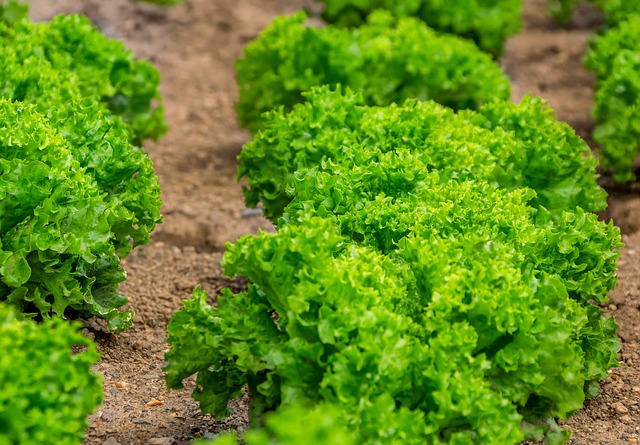
When to harvest: As soon as the leaves have reached a desirable size, usually about 4 inches long. Baby lettuce leaves are a gourmet delicacy. The best time to pick lettuce is while the weather is still cool outside. When it’s hot out, don’t wait too long to get picking in your garden because lettuces of many varieties bolt in the heat.
How to harvest: For leaf-lettuce, pick outer leaves first working your way in. Head lettuce can be sliced off at the base of the plant. Expect 2-3 cuttings in most cases.
5. Green Beans
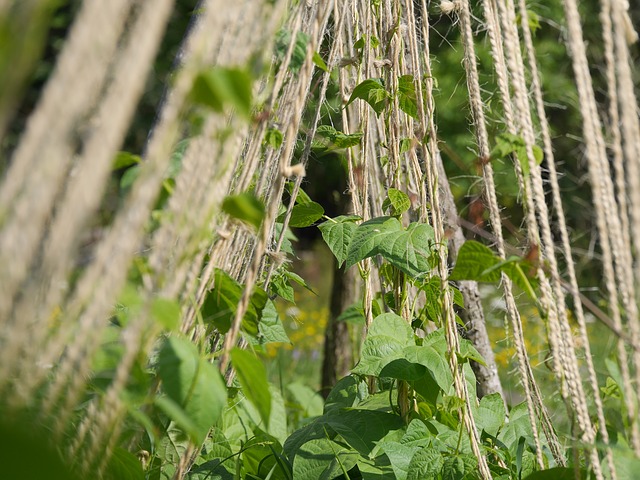
When to harvest: I love beans because they continue to produce as you pick them. A few small bean plants provide plenty of food. As soon as you spot blossoms, check your plants frequently to make sure you pick young pods. If you leave pods for too long, they’ll get tough and stringy. Green beans should be picked when they have almost reached their full size. You don’t want them to reach full maturity because they become tough and full of large beans.
How to harvest: Don’t pull too hard or you’ll risk taking the whole plant with you. You can try to tug beans off the plant, but a pair of scissors helps the process along. Don’t pick green beans in the morning because they are still wet with dew. Doing so could spread diseases to your crops.
6. Peas
Harvesting peas is a trial and error. When you see the peas swelling and forming pods, you need to pick one to see what is inside.
When you open the pod, if the peas are the desired size, start picking the others. If not, wait a little longer to begin picking.
7. Melons
The best way to know if a melon is ready to harvest is to thump it. If you get a hollow sound, it should be ripe. You can also smell it, if there is a sweet aroma coming from it, they should be ripe.
8. Watermelon
Harvesting watermelon is easy. Check the spot where the watermelon has been on the ground. When the spot turns yellowish instead of light brown or white, you know the watermelon is ready to harvest.
9. Cucumbers
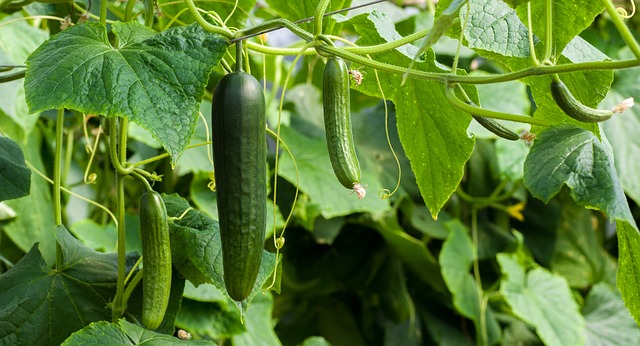
When to harvest: Check the variety of cucumbers you planted and see what size the cucumber is supposed to reach. When the cucumbers reach the correct size, you pick them. Like squash, if you wait too long to pick cucumbers, you’ll find yourself with cukes that are more seed than flesh. If your plant is productive and healthy, though, you might be surprised to find hidden behemoths among the foliage. Keep an eye on your plant and pick cucumbers when they’re the right size for eating.
How to harvest: A gentle tug and twist are usually sufficient to dislodge a cucumber from its vine. However, you may want to avoid firmly gripping spiky cukes. If the cukes or accompanying vines are spiked, use scissors.
Keep a watchful eye because cucumbers might hide in-between leaves, and they grow quickly.
10. Corn
When you see your corn is making ears feel the ears to see if you can also feel the kernels inside them under the husk.
Also, see if the silk on top of the ear is drying. If so, find a kernel of corn and squeeze it. If you get a milk-colored sap from the kernel, you’ll know your ears of corn are ready for harvest.
11. Root Vegetables
It is important to check what varieties of root vegetables you planted. You need to know how long they take to harvest.
Around the harvest date, you can begin checking them. Begin pulling out some root vegetables to see if they’ve grown to size yet. If you are satisfied with their size, begin harvesting your root vegetables.
12. Garlic
Garlic is another crop easy to harvest. You look at the tops of the garlic. When they have turned brown and fallen over, you’ll know the bulbs are ready.
However, when you harvest them, don’t wash them. Instead, allow them to dry out before you try to store them.
13. Eggplant
Eggplant tastes better when it is smaller. You’ll know it is ready because it should be firm and should also have a sheen to it.
When your eggplant is ready for harvest, be sure to cut it loose from the plant instead of pulling it.
14. Onions
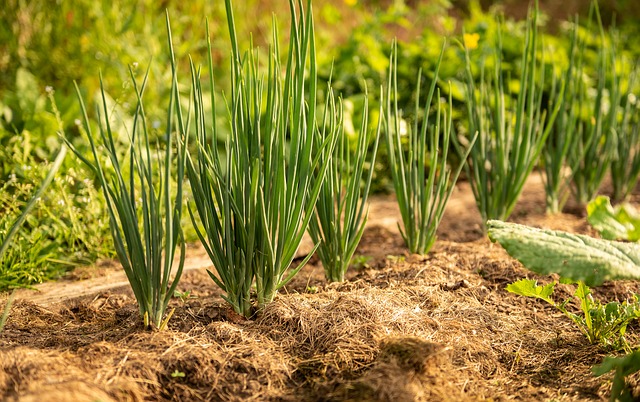
When to harvest: Onions are slow growers. Harvesting takes place at the end of the season in most cases. Once the tops have died over it’s time to harvest your onions.
How to harvest: Storage onions should be cured before storing. All that’s required to harvest any onion, though, is to simply lift it from the ground. From there, you’ll have to store them.
15. Potatoes
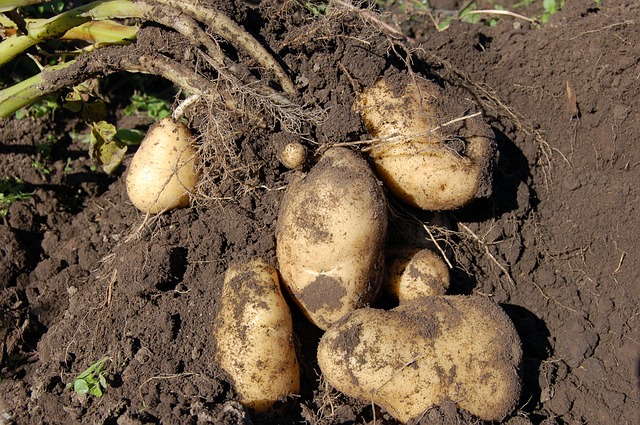
When to harvest: Usually, it’s time to harvest potatoes when the leaves are yellow and die back. You can check to see whether potatoes are ready for harvest by gently rooting around in the dirt in search of harvestable spuds. Alternatively, wait until the tops are dry and have turned brown before you being to harvest.
How to harvest: This depends on how you’re growing potatoes. Dig into potato hills or in raised beds to find taters. If you’re growing potatoes in bags or containers, feel free to dump out the earth. You can try pulling up an entire plant, too. Always be careful when harvesting potatoes, you don’t want to damage them. Damaged spuds are the first to spoil in storage.
16. Carrots
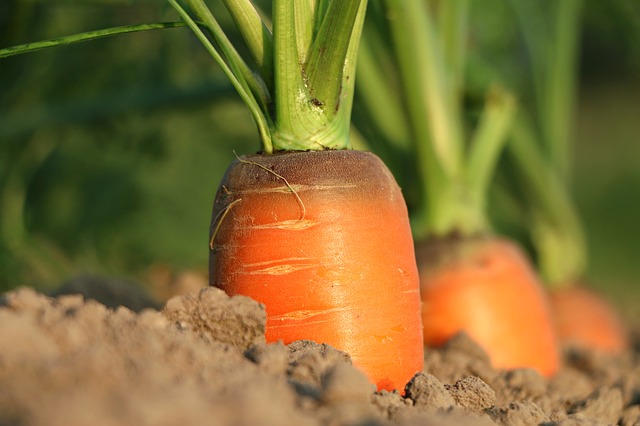
When to harvest: Unless you’re growing miniature globe carrots, the days to maturity will be about two months or so. Check your seed packet recommendation, or toss a bit of dirt aside to check whether your carrots have achieved their desired girth. In partial shade, carrots take longer to mature.
How to harvest: A gentle tug out of the ground should do. Leave them in the ground until you plan to pick them. Careful not to leave them in the soil when winter comes around, because they’ll freeze into the earth, and you won’t be able to pluck them.
17. Kale

When to harvest: Kale is ready for picking out of the garden once the leaves are large enough for a sizeable harvest, typically when leaves are around 10 inches long.
How to harvest: Pick the outer leaves first. The plant will continue to grow and produce edible foliage. Most kale varieties are hardy and can be overwintered.
18. Summer Squash
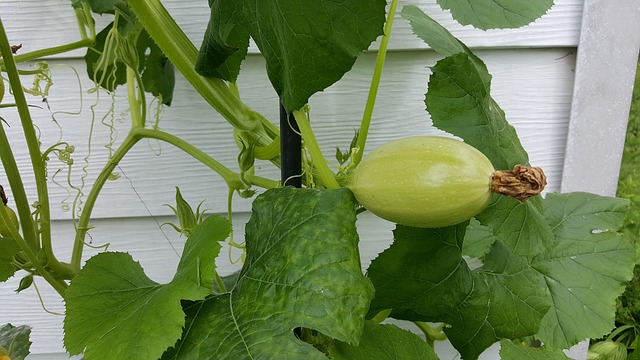
When to harvest: Summer squash matures reasonably quickly. Once successful pollination has occurred, the fruit will grow rapidly on the vine or bush. Harvest squash at any size, though larger fruit will usually have more seeds. Most varieties are ready at about 60 days.
How to harvest: Gently cut squash from the vine with a sharp knife. Be sure to use a clean knife to avoid spreading disease. Attempting to break or tug a squash off of the vine may damage your plant.
19. Snap Peas
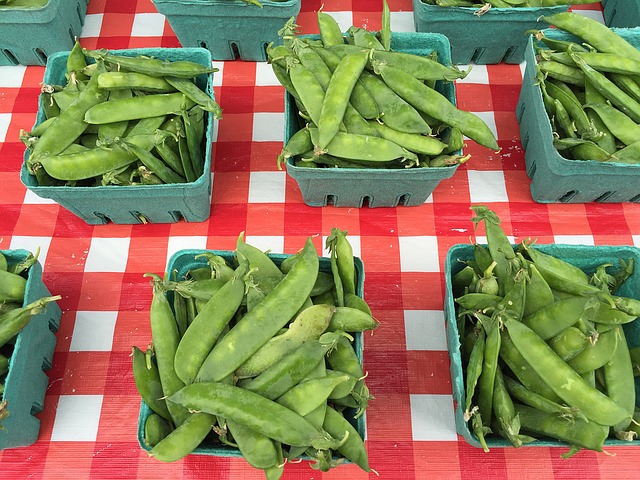
When to harvest: Peas are another quick growing plant that is ready for picking out of the garden early in the season, usually 54 days after planting. Harvest pea pods frequently as they mature on the vine. Don’t wait too long, since pods may become tough and unpleasant to eat.
How to harvest: Snap pods off the plant, but be careful not to tug too hard.
20. Brussel Sprouts
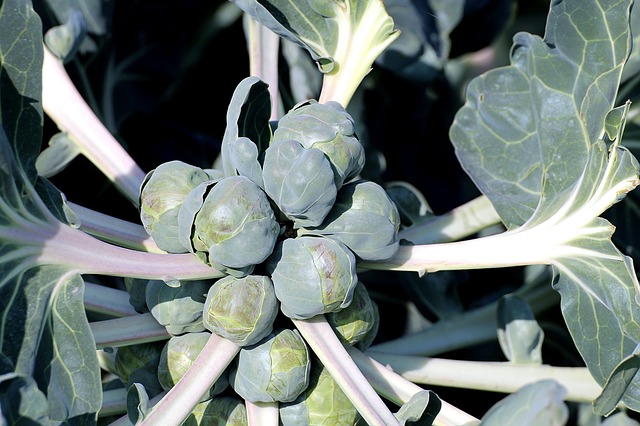
When to harvest: When Brussel sprouts have reached an edible size – about 1-2 inches in size – feel free to start picking out of the garden. Brussel sprouts take a while to reach maturity and produce sprouts, though, so patience is key. Harvest is typically at the end of the growing season.
How to harvest: Pull off individual sprouts as needed. Alternately, I suggest harvesting the entire plant at once to prevent pests from getting to your Brussel sprouts. Keep them stored in the fridge for up to two weeks.
21. Beets
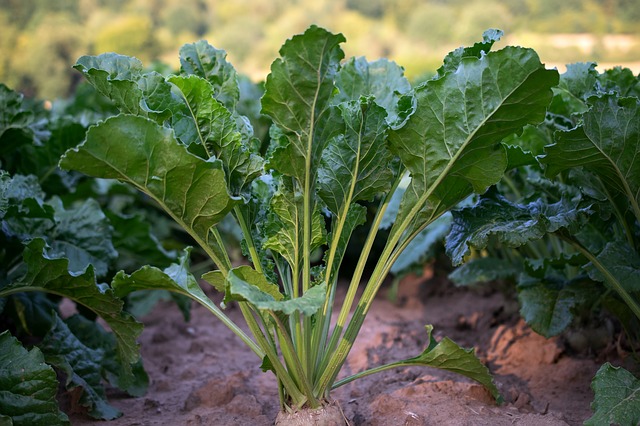
When to harvest: You can harvest beets when they’re baby roots or at their larger size. Check your seed packet to find out the average maturity date. Waiting too long to harvest can result in tough textured beets. They’ll survive exposure to frost, but as with carrots, don’t let them freeze in the ground, because they’ll be impossible to remove.
How to harvest: Carefully pull them out of the ground. Use the root portion and leaves, as both are edible.
22. Eggplant
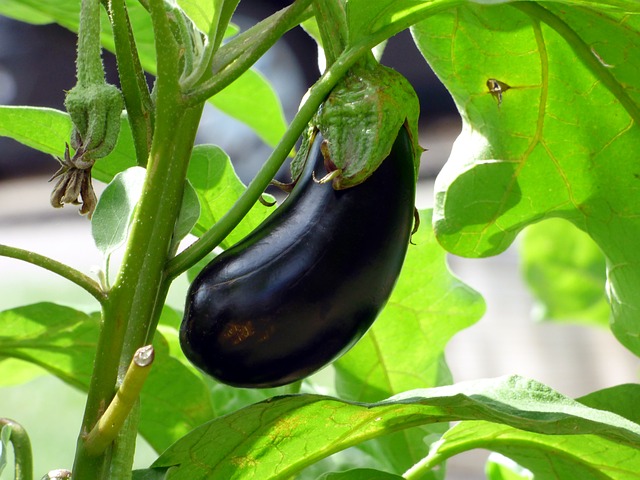
When to harvest: Pluck tender eggplants once they’ve reached their mature size. It’s a bit tough to tell when an eggplant has been sitting on the vine too long and has become bitter and seedy without cutting it open, so I like to pick mine as soon as they’re an edible size. If they’re too small, waiting a couple of days is usually sufficient.
How to harvest: Use scissors to cut eggplant from the vine. Be careful! Many eggplant varieties have spiky stems, and they can inflict pain.
23. Spinach
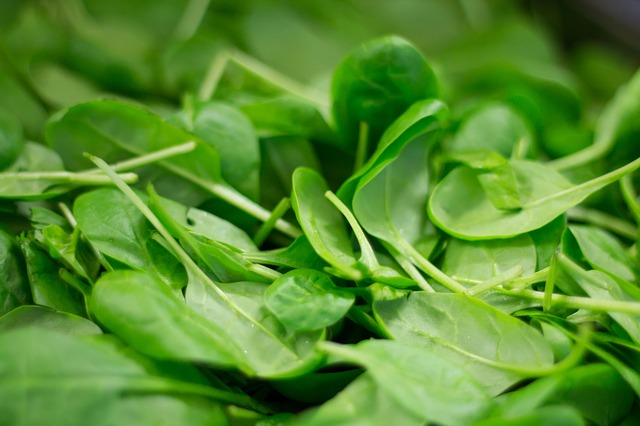
When to harvest: Many varieties are quick to bolt to it’s essential to keep a close watch on spinach, especially as spring turns to summer. Harvest often.
How to harvest: Harvest whole plants if there’s a risk of bolting, but if weather is still hospitable, it’s fine to pick off individual leaves. Harvest at any stage. Baby leaves are more tender than full sized ones, though.
Always have your eye on your garden, and you’ll quickly become accustomed to what needs to be harvested when. Stay in tune with the flow of the growing season, and you’ll never have to pull bolting plants or get rid of bitter tasting herbs to make room for a second futile round of growth.
